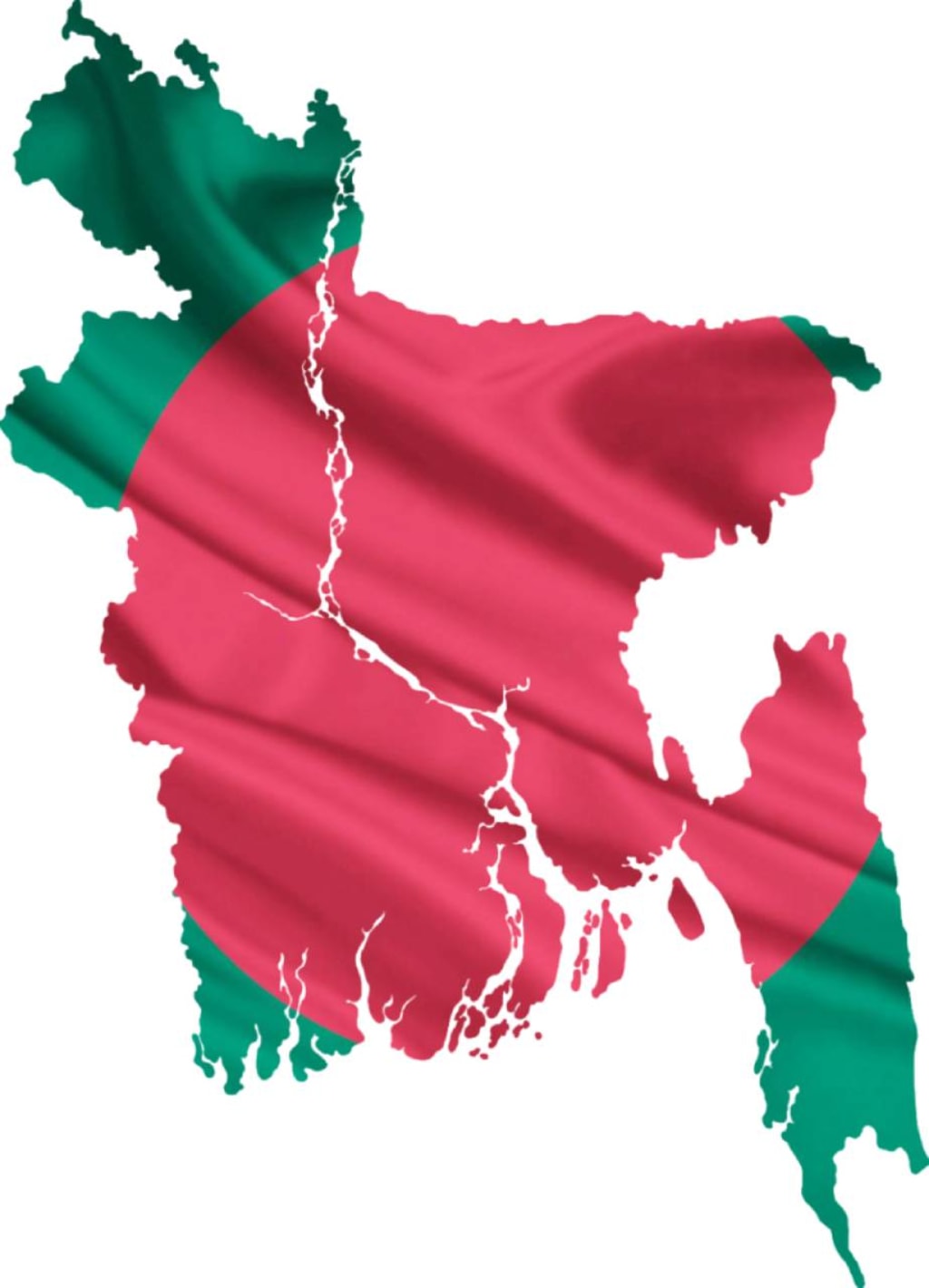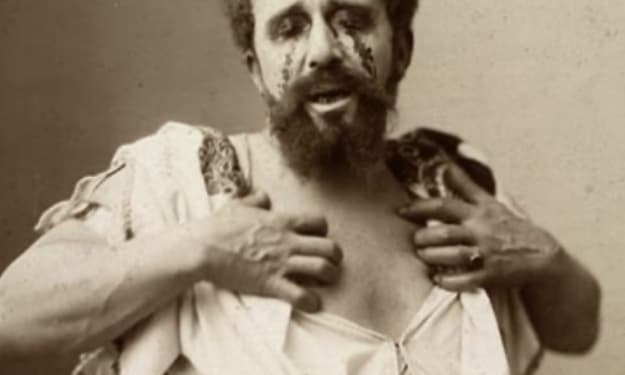Content warning
This story may contain sensitive material or discuss topics that some readers may find distressing. Reader discretion is advised. The views and opinions expressed in this story are those of the author and do not necessarily reflect the official policy or position of Vocal.
The story of bangladesh war 1971
1971 war time in bangladesh

introduction :The historical backdrop of the 1971 Bangladesh Freedom War is a significant and complex section set apart by huge political, social, and military turns of events. Here is a top to bottom story zeroing in on key parts of the conflict:
Foundation and Causes
Segment of India (1947): The English frontier rule finished with the parcel of India, making India and Pakistan. Pakistan was isolated into two topographically and socially unmistakable locales, East Pakistan (presently Bangladesh) and West Pakistan, isolated by 1,600 kilometers of Indian domain.
Social and Semantic Segregation: The burden of Urdu as the public language in the mid 1950s touched off the Language Development in East Pakistan, where Bengali was the greater part language. This development laid the basis for Bengali patriotism.
Monetary Incongruities: East Pakistan felt financially taken advantage of by West Pakistan. In spite of contributing altogether to Pakistan's economy, East Pakistan stayed immature and monetarily underestimated.
Political Pressures
Awami Association and Sheik Mujibur Rahman: The Awami Association, drove by Sheik Mujibur Rahman, arose as the vitally political power supporting for more prominent independence for East Pakistan. The Six-Point Development illustrated requests for independence and financial equity.
1970 General Races: The Awami Association won an avalanche triumph in the 1970 general decisions, getting 167 out of 169 seats designated to East Pakistan. This outcome gave them a larger part in the public parliament, however the decision experts in West Pakistan were hesitant to move power.
Introduction to War
Non-collaboration Development: On Walk 7, 1971, Sheik Mujibur Rahman called for common insubordination and non-participation against the Pakistani government. His discourse in Dhaka stirred the Bengali populace.
Activity Searchlight: On Walk 25, 1971, the Pakistani military sent off Activity Searchlight, a severe crackdown on Dhaka and other significant urban communities to smother the freedom development. This prompted far reaching barbarities and mass killings, frequently focusing on understudies, educated people, and political activists.
Announcement of Freedom
Walk 26, 1971: Following the crackdown, Sheik Mujibur Rahman pronounced the freedom of Bangladesh. The announcement was communicated by Major Ziaur Rahman for the benefit of Sheik Mujib from Chittagong, denoting the authority beginning of the freedom war.
The Freedom War
Development of Mukti Bahini: The Mukti Bahini (Freedom Armed force), involving deserted Bengali military officials, understudies, and regular citizens, started sorting out hit and run combat against Pakistani powers. They got preparing and support from India.
Indian Help: India assumed a urgent part by giving military preparation, strategic help, and at last direct mediation. The displaced person emergency, with a huge number of Bengalis escaping to India, likewise constrained India to act.
Worldwide Elements: The Virus War setting impacted global reactions. The US, aligned with Pakistan, was at first wary, while the Soviet Association upheld India and the Bengali reason.
Significant Military Missions
Close quarters combat: The Mukti Bahini led damage activities, quick in and out assaults, and knowledge gathering, fundamentally debilitating Pakistani command over the district.
December 1971: Indian Military formally entered the contention on December 3, 1971, after Pakistani airstrikes on Indian airbases. The Indo-Pakistani Conflict of 1971 saw facilitated activities between Indian military and Mukti Bahini.
Dhaka Hostile: The joint Indian-Bengali powers sent off a multi-pronged assault towards Dhaka, prompting the fast breakdown of Pakistani obstruction.
Give up and Result
December 16, 1971: Pakistani powers in East Pakistan gave up to the joint Indian and Mukti Bahini powers. General A.A.K. Niazi marked the Instrument of Give up in Dhaka, denoting the formation of the autonomous territory of Bangladesh.
Post-War Difficulties: Bangladesh confronted massive difficulties post-freedom, including revamping a conflict torn economy, tending to compassionate emergencies, and laying out political steadiness.
Effect and Inheritance
Human Expense: The conflict brought about huge death toll, with gauges going from many thousands to a few million passings. Reports of broad abominations, including slaughter and mass assaults, featured the conflict's merciless nature.
Social and Public Personality: The conflict encouraged areas of strength for an of Bengali character and patriotism, molding the new country's social and political scene.
Worldwide Acknowledgment: Bangladesh earned respect from various nations before very long, joining the Unified Countries in 1974.
Key Figures
Sheik Mujibur Rahman: The head of the Awami Association and the initial architect of Bangladesh.
Tajuddin Ahmad: The primary State head of Bangladesh, driving the public authority far away, banished for good.
Indira Gandhi: The State leader of India, whose help was essential for Bangladesh's freedom.
General M.A.G. Osmani: The president of the Mukti Bahini.
End
The Freedom Battle of 1971 remaining parts a vital crossroads in Bangladesh's set of experiences. It is remembered every year on Triumph Day (December 16) and Autonomy Day (Walk 26), regarding the penances made for the country's freedom and power. The conflict's inheritance keeps on affecting Bangladesh's public personality, legislative issues, and worldwide relations.
About the Creator
Enjoyed the story? Support the Creator.
Subscribe for free to receive all their stories in your feed. You could also pledge your support or give them a one-off tip, letting them know you appreciate their work.





Comments
There are no comments for this story
Be the first to respond and start the conversation.